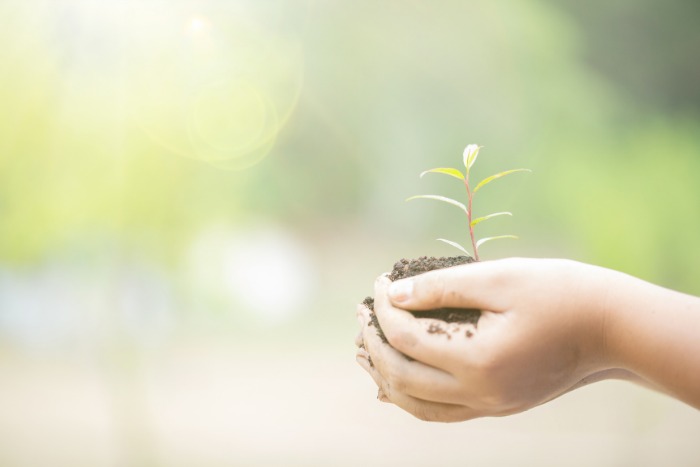While repurposing plastics, glassware, and alloys are becoming the standard, electronic waste receives far less attention. Any digital item which is no longer recognized and has become outmoded is known
as electronic garbage. Electronics classed as e-waste can be in fine top condition or be completely useless.
Why is e-waste becoming a problem?
Whenever e-waste is not disposed of correctly, it produces toxins in the atmosphere, earth, and groundwater that can harm humans and animals. Only 20% of the world's e-waste is recycled each year, leaving
80 percent of the world's e-waste in this form.
Considering how many people replace their old phones with newer ones and how often they replace an old television with a slimmer, more efficient one, the constant marketing by companies who want to sell
more of their products is why e-waste is becoming such an issue.
One of the most effective strategies to protect our planet is to reduce technological trash. The fact of the matter is that reducing e-waste is simple. Let us look at some ways you can do this.
1. Functioning Devices can be Donated or Sold.
Selling your functioning devices is a simple approach to help optimize e-waste. You might be able to locate a buyer online. And most of these purchasers will be using, trading, or using/selling the
components. Alternatively, there are disposal and evaluation sites present that will offer you a value for your old electronics and enable you to ship them off to be carefully reused and disposed of.
If you have old lead-acid batteries of any brand, you can bring them to Tesla Power Shops to give them another life. This way, you will be
encouraging our battery recycling endeavors and saving a lot as compared to going for a new battery.

2. Reduce your Intake of the Three R's (Reduce, Reuse, Recycle)
The most crucial step is to REDUCE. It's so simple to get a new computer, a beautiful TV, or the newest cell phone. Many people don't even consider whether or not they require them. Before purchasing
something, consider whether you need it. Why not just refresh the program instead of buying a new device if your old device is still in good condition? Instead of purchasing a new laptop, you could
restore your existing one. Being a wise customer will help you manage your family's e-waste more effectively.
3. Use an Old Phone
Annually, the majority of individuals replace their old phones with new ones. Consider repurposing it rather than letting it languish in a bottom drawer or, worse, tossing it in the dumpster. You can use
this as a GPS gadget, a video gamepad, a webcam with your laptop for HD video chatting, a music player in your automobile, or you can use it as a surveillance camera.
4. Look for Items with Energy Star
Whenever you discard old appliances and purchase new Energy Star ones, you have to look for them. Energy Star devices are not just beneficial for the environment, but they also use less energy, sparing
you cash on your utility bill. The next time you buy a new gadget, make sure it is energy efficient by checking the energy stars.
5. Make a System for Organizing Your Gadgets
We usually overlook what we already have in our homes, given the number of gadgets we store in cabinets and wardrobes. Rather than purchasing new equipment, organize your current ones to determine whether
you have to upgrade them.
For instance, you may require a USB stick but realize that you already possess one after arranging all of your equipment. Instead of buying the same equipment or charger many times, try to share devices,
cables, and adapters with your family members.
6. Become Knowledgeable About the Elements Used in Electronics.
Last but not least, learn about the raw materials used in the manufacturing of your cell phone, washing machine, or computer. Certain raw materials are renewables, whereas others are not. A variety of
hazardous compounds can be present in your gadgets. The further you know, the more equipped you will be to make purchases that will not hurt the environment for future generations.
Reducing e-waste is not so tough if we follow the above-mentioned initiatives. These small steps can help a lot in the overall efficient usage of available resources and thus contributes toward a better
ecosystem.






